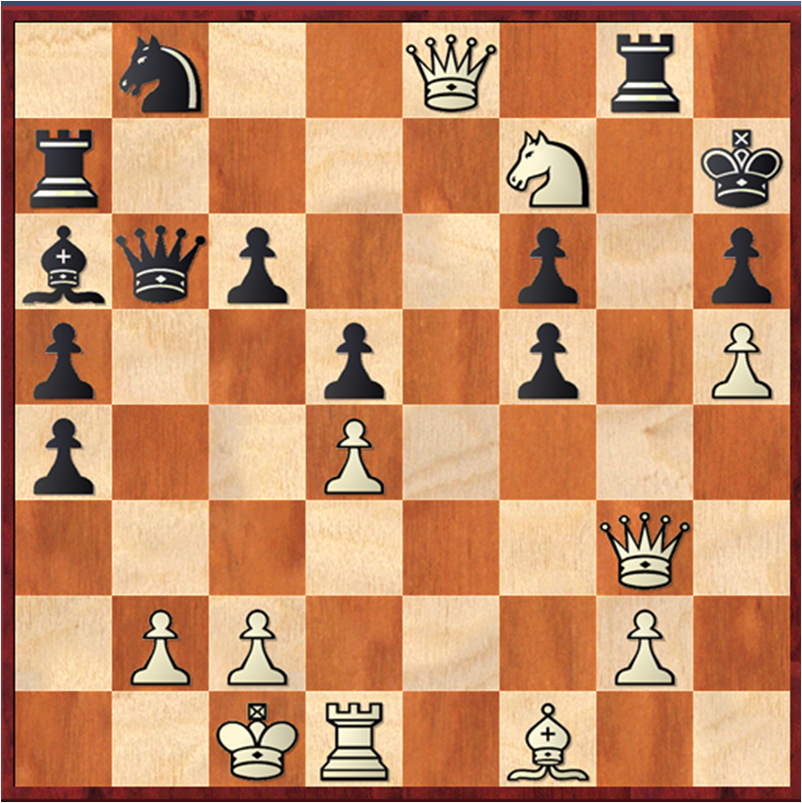Sequential game on:
[Wikipedia]
[Google]
[Amazon]
 In
In
 In
In game theory
Game theory is the study of mathematical models of strategic interactions. It has applications in many fields of social science, and is used extensively in economics, logic, systems science and computer science. Initially, game theory addressed ...
, a sequential game is defined as a game where one player selects their action before others, and subsequent players are informed of that choice before making their own decisions. This turn-based structure, governed by a time axis, distinguishes sequential games from simultaneous games, where players act without knowledge of others’ choices and outcomes are depicted in payoff matrices (e.g., rock-paper-scissors
Rock, Paper, Scissors (also known by several other names and word orders) is an intransitive hand game, usually played between two people, in which each player simultaneously forms one of three shapes with an outstretched hand. These shapes a ...
).
Sequential games are a type of dynamic game, a broader category where decisions occur over time (e.g., differential games), but they specifically emphasize a clear order of moves with known prior actions. Because later players know what earlier players did, the order of moves shapes strategy through information rather than timing alone. Sequential games are typically represented using decision trees
A decision tree is a decision support system, decision support recursive partitioning structure that uses a Tree (graph theory), tree-like Causal model, model of decisions and their possible consequences, including probability, chance event ou ...
, which map out all possible sequences of play, unlike the static matrices of simultaneous games. Examples include chess
Chess is a board game for two players. It is an abstract strategy game that involves Perfect information, no hidden information and no elements of game of chance, chance. It is played on a square chessboard, board consisting of 64 squares arran ...
, infinite chess, backgammon
Backgammon is a two-player board game played with counters and dice on tables boards. It is the most widespread Western member of the large family of tables games, whose ancestors date back at least 1,600 years. The earliest record of backgammo ...
, tic-tac-toe
Tic-tac-toe (American English), noughts and crosses (English in the Commonwealth of Nations, Commonwealth English), or Xs and Os (Canadian English, Canadian or Hiberno-English, Irish English) is a paper-and-pencil game for two players who ta ...
, and Go, with decision trees varying in complexity—from the compact tree of tic-tac-toe to the vast, unmappable tree of chess.
Representation and Analysis
Decision trees, the extensive form of sequential games, provide a detailed framework for understanding how a game unfolds. They outline the order of players’ actions, the frequency of decisions, and the information available at each decision point, with payoffs assigned to terminal nodes. This representation was introduced byJohn von Neumann
John von Neumann ( ; ; December 28, 1903 – February 8, 1957) was a Hungarian and American mathematician, physicist, computer scientist and engineer. Von Neumann had perhaps the widest coverage of any mathematician of his time, in ...
and refined by Harold W. Kuhn between 1910 and 1930.
Sequential games with perfect information
Perfect information is a concept in game theory and economics that describes a situation where all players in a game or all participants in a market have knowledge of all relevant information in the system. This is different than complete informat ...
—where all prior moves are known—can be analyzed using combinatorial game theory
Combinatorial game theory is a branch of mathematics and theoretical computer science that typically studies sequential games with perfect information. Research in this field has primarily focused on two-player games in which a ''position'' ev ...
, a mathematical approach to strategic decision-making. In such games, a subgame perfect equilibrium can be determined through backward induction
Backward induction is the process of determining a sequence of optimal choices by reasoning from the endpoint of a problem or situation back to its beginning using individual events or actions. Backward induction involves examining the final point ...
, a process of working from the end of the game back to the start to identify optimal strategies.
Games can also be categorized by their outcomes: a game is strictly determined if rational players arrive at one clear payoff using fixed, non-random strategies (known as "pure strategies"), or simply determined if the single rational payoff requires players to mix their choices randomly (using "mixed strategies").
Types and Dynamics
Sequential games encompass various forms, including repeated games, where players engage in a series of stage games, and each stage’s outcome shapes the next. In repeated games, players have full knowledge of prior stages, and a discount rate (between 0 and 1) is often applied to assess long-term payoffs, reflecting the reduced value of future gains. This structure introduces psychological dimensions like trust andrevenge
Revenge is defined as committing a harmful action against a person or group in response to a grievance, be it real or perceived. Vengeful forms of justice, such as primitive justice or retributive justice, are often differentiated from more fo ...
, as players adjust their strategies based on past interactions. In contrast, simultaneous games lack this sequential progression, relying instead on concurrent moves and payoff matrices.
Many combinatorial games, such as chess or Go, align with the sequential model due to their turn-based nature. The complexity of these games varies widely: a simple game like tic-tac-toe has a manageable decision tree, while chess’s tree is so expansive that even modern computers cannot fully explore it. These examples illustrate how sequential games blend strategic depth with temporal dynamics.
See also
*Simultaneous game
In game theory, a simultaneous game or static game is a game where each player chooses their action without knowledge of the actions chosen by other players. Simultaneous games contrast with sequential games, which are played by the players taki ...
* Subgame perfection
* Sequential auction
References
{{DEFAULTSORT:Sequential Game Game theory game classes Mathematical and quantitative methods (economics)